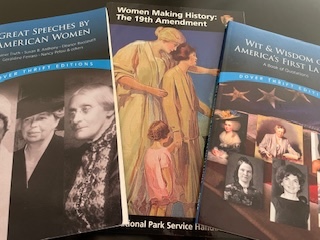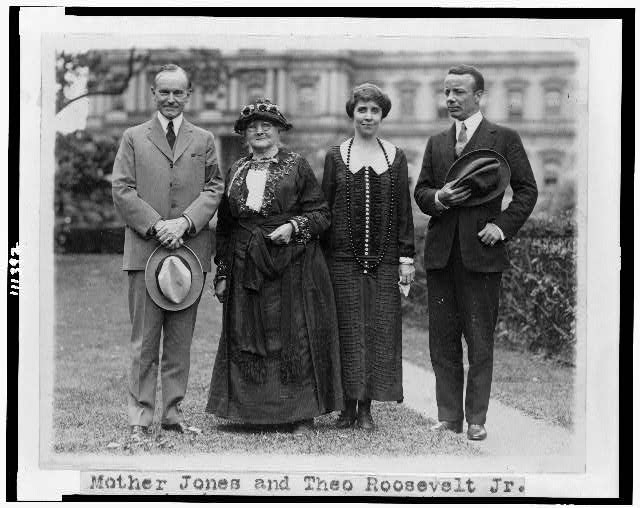October 2022
Damariscotta, Maine. Inside a white clapboard building set back from the main street of town, placards line the walls of a single room. They tell the life story of Frances Perkins. I have walked by the building for years, but not until this summer did I step inside.
I knew, of course, that Perkins was Secretary of Labor under FDR, the first woman to hold a cabinet position, but I knew little else about her. The accolade of “first” made it seem that was enough to know. I was so wrong.
Perkins began her political career in New York state government where she was closely allied with Al Smith and mixed with Franklin and Eleanor Roosevelt, years before FDR was president. But before that, she was a dedicated social reformer committed to improving industrial safety. Politics was her vehicle for making change happen, not an end in itself.
Born in Boston and raised in Worcester, Perkins attended Mt. Holyoke College where she majored in physics. Her parents believed women should be educated, but they had a narrow conception of what their daughter would do after graduation. They anticipated she would live at home and teach school or work in the local church, while waiting for a marriage proposal. But two experiences during her senior year caused her parents’ expectations to shatter. For a course on economic history, she visited mills in nearby Holyoke, Massachusetts. There, for the first time, she saw the conditions under which women and children labored, something she never forgot. In her final semester, she heard Florence Kelly, executive secretary of the newly founded National Consumers League, advocate for abolishing child labor and improving the abominable working conditions that existed throughout American factories. Perkins was fired up and determined to seek change.
When she left college in 1902, Perkins went to Illinois where she taught school and worked at settlement houses, then to Philadelphia to work at a women’s aid society, and finally to New York City. There, in a job at the National Consumers League, she worked directly with Florence Kelly. Along the way, she also earned a master’s degree in economics and sociology.
In 1911, the Triangle Shirtwaist Factory in Greenwich Village caught fire. Perkins happened to be nearby, close enough to hear the sirens. Racing to the scene, she witnessed young women jumping to their deaths from the factory’s windows. In the end, 146 women died, their exit paths having been blocked by locked fire escape doors. In the wake of the fire, the deadliest in New York history, a commission was formed to study working conditions. With Perkins in charge, the commission recommended broad reforms that later served as a model for other state and federal regulations. The day of the fire, Perkins later said, “was the day the New Deal was born.”
The New Deal wasn’t only about economic relief during the Great Depression. Under Perkins, the government passed the Fair Labor Standards Act and other legislation to improve conditions, ensure payment of wages, allow for collective bargaining and provide Social Security payments to retirees. Many of these Depression era labor reforms, some in expanded form, are today part of the fabric of our society.
But why is the Frances Perkins Center located in Damariscotta, Maine? The answer lies in a brick house on River Road in nearby Newcastle. That is where the Perkins family lived for many generations. As a girl, she spent summers there, absorbing lessons from her grandmother, the eldest and most influential member of the family. “I am extraordinarily the product of my grandmother,” Perkins later reflected.
It is unfortunate that Perkins is remembered primarily as a “first.” I feel the same way about Ketanji Brown Jackson, being formally sworn in to the Supreme Court as I write this. The designation does nothing to describe the passion, qualifications or accomplishments of either woman. I look forward to the day when women are known for achievement, not for being the first to achieve.




